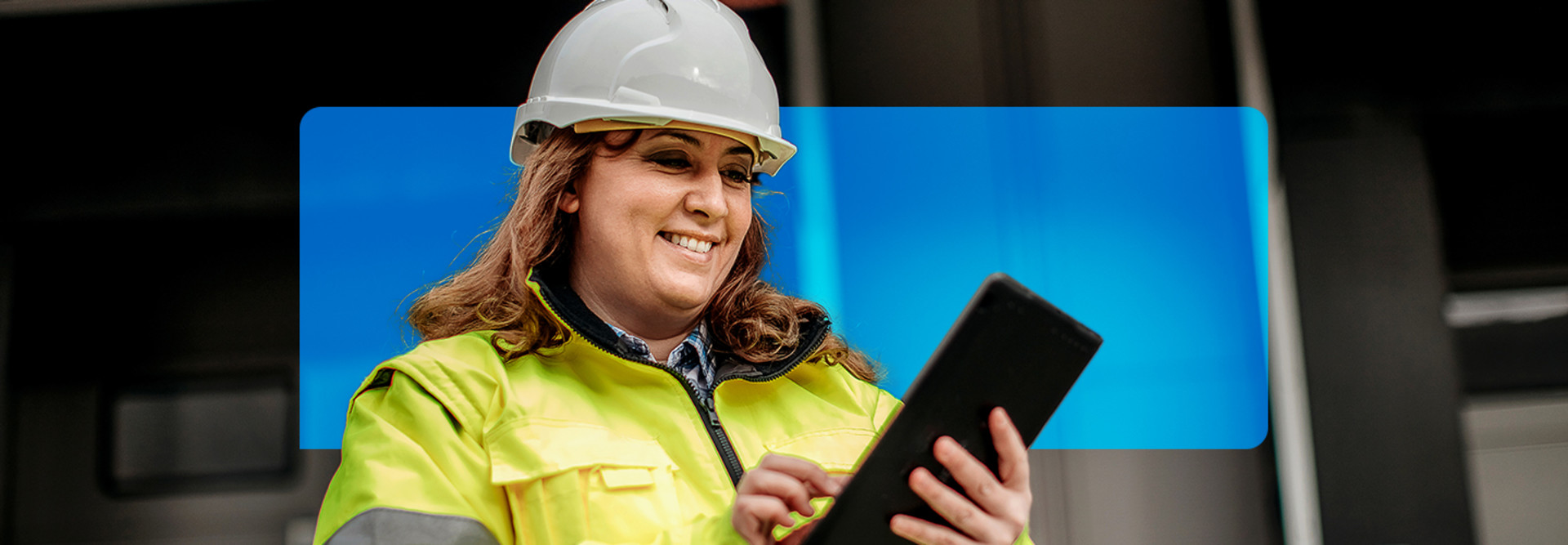How Agencies Benefit from Wi-Fi 6E
Wi-Fi 6E offers several benefits for agencies, including four times the throughput of Wi-Fi 5 (802.11ac), according to Luke Schiavone, solution architect for networking at CDW. It also supports higher density, so access points can serve more people within an office, clinical or research setting. With Wi-Fi 6E, APs are more power-efficient, meaning they don’t need to draw as much power from the switches.
“Switching to Wi-Fi 6E can provide more coverage and help the organization better future proof its networks because it’s a newer technology,” Schiavone says.
Wi-Fi 6E includes stronger security measures. The wireless standard has implemented WPA3, a security protocol with more robust authentication than previous versions.
Mitigating Wi-Fi 6E Factors for Agencies
Agencies often have long networking refresh cycles, so when they do upgrade to the latest wireless standard, they expect the modernized infrastructure to support the enterprise for several years.
“More times than not, you’re going to see corporations at the cutting edge because they have the money, flexibility and agility to jump into a new standard, whereas organizations that are getting tax dollars are going to wait until everything’s settled and other people have done it,” Schiavone says. “They don’t want to be the first.”
He also points out that many prefer to wait until a new Wi-Fi iteration is ratified. Vendors may do things differently, and there could be a lack of interoperability before ratification occurs. Wi-Fi 6E has been ratified, so newer devices are likely compatible with the standard. However, an agency’s existing laptops, phones and connected devices may or may not be able to operate with Wi-Fi 6E, Schiavone says. It’s important that agencies ensure their devices are compatible with the standard before upgrading.
“You’re going to be able to use Wi-Fi 6E with more devices,” Schiavone says.
In addition to device compatibility, agencies need to make sure their networking infrastructure will also support Wi-Fi 6E. Newer APs will have two connections, so they can make full use of the expanded throughput. But an agency with older network infrastructure may have only one wire available from each AP, meaning they may have to replace the AP with a newer one if they want to fully utilize Wi-Fi 6E’s capabilities.
Network Assessments Are a Jumping-Off Point
Before starting any network upgrades, agencies should conduct a network assessment. Working with a technology partner such as CDW gives agencies access to experts who can help them assess their network’s current condition and create a modernization roadmap to achieve their desired end state.
An assessment can help agency IT teams determine if the upgrade requires any wiring changes or new AP placement and if there are any existing dead spots on the site.
“The organization will be able to make a more informed decision about where they are and where they want to get to,” Schiavone says. “We can take them through that journey and help them decide whether they’ll jump in with both feet or do this modernization in sections. We help with strategy, planning and budgeting.”
Some agencies may decide to add APs wherever they want coverage as they grow over the years. However, this can lead to gaps in coverage. Schiavone recommends that agencies work with a CDW engineer to do a validation survey and create a predictive heat map, which can anticipate coverage and ensure that the office has 100 percent utilization.
An assessment should be done as early as possible in the networking modernization process. Agencies should have a strong understanding of what’s going on in their networks before spending time and money on upgrades. A partner like CDW can help map out a modernization strategy, whether wired or wireless, and determine which equipment is needed to enable Wi-Fi 6E connectivity.
Working alone can be a challenge for agencies that don’t have experience with network upgrades. They can run into issues that they might otherwise have avoided if they’d connected with a technology partner. The potential consequences, such as outages or network vulnerabilities, can be painful.
“At CDW, we talk to engineers to figure out what those gotchas are so we can bring the customer through this process with as little pain as possible to make it more successful,” Schiavone says. “These upgrades are something that organizations will have to deal with sooner or later, and an assessment will absolutely help them navigate those waters more smoothly. It will make for an easier transition than trying to figure it out all on their own.”












